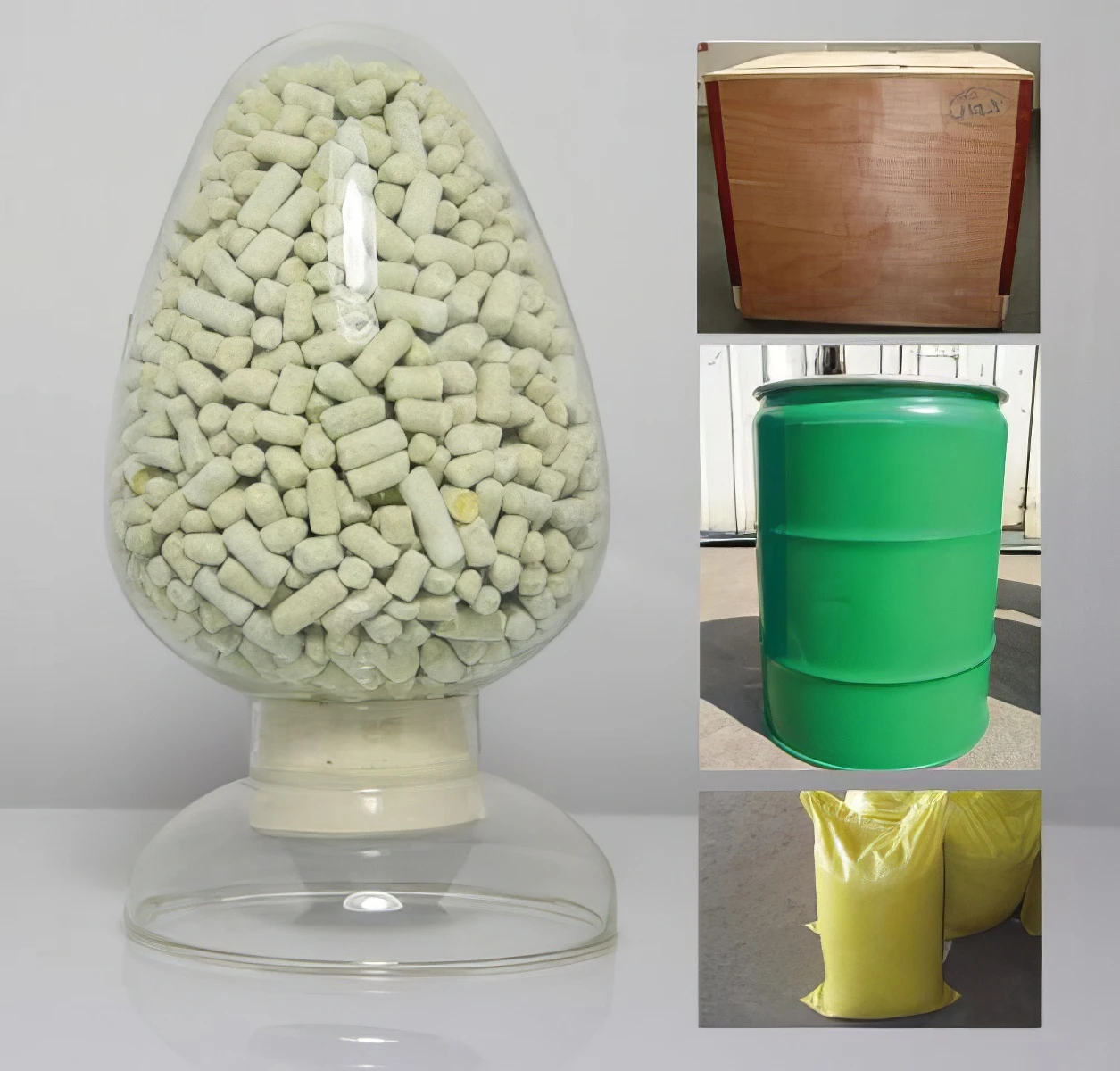



Safety Data Sheet for 5% Sodium Hydroxide Solution and Its Handling Instructions
Safety Data Sheet (SDS) for 5% Sodium Hydroxide
Introduction
Sodium hydroxide (NaOH), commonly known as caustic soda or lye, is a highly versatile compound used in a multitude of industrial and laboratory applications. A 5% aqueous solution of sodium hydroxide is frequently employed in chemical processes, cleaning agents, and pH regulation. However, due to its caustic nature, it is essential to understand the safety measures and handling procedures associated with this chemical.
Chemical Properties
- Chemical Name Sodium hydroxide - Molecular Formula NaOH - Concentration 5% w/w in water - Appearance Colorless liquid - Odor Odorless - pH Strongly alkaline (typically 13-14)
Hazards Identification
5% Sodium hydroxide presents several hazards
- Corrosive Nature Sodium hydroxide can cause severe burns to skin and eyes. Prolonged or repeated exposure may lead to permanent injury. - Respiratory Irritant Inhalation of mists or aerosols can irritate the respiratory tract, leading to coughing and difficulty breathing. - Environmental Impact Spills can cause detrimental effects on aquatic life. It is crucial to prevent release into the environment.
First-Aid Measures
In case of exposure to 5% sodium hydroxide, immediate first aid measures are critical
- Skin Contact Rinse affected area with plenty of water for at least 15 minutes. Remove contaminated clothing and seek medical attention if irritation persists. - Eye Contact Rinse eyes with water for at least 15 minutes, lifting the eyelids periodically. Seek immediate medical assistance. - Inhalation Move the affected person to fresh air. If breathing difficulties persist, seek medical attention. - Ingestion Do not induce vomiting. Rinse mouth with water and seek immediate medical help.
5 sodium hydroxide sds

Handling and Storage
Proper handling and storage protocols should be followed to mitigate risks
- Personal Protective Equipment (PPE) Use appropriate PPE, including gloves, safety goggles, and protective clothing. An eye wash station should be readily accessible. - Storage Conditions Store in a cool, dry place away from incompatible substances such as acids or moisture. Ensure containers are tightly sealed and properly labeled. - Work Environment Ensure adequate ventilation in work areas to minimize inhalation exposure.
Spill and Leak Procedures
In case of a spill or leak, follow these procedures to ensure safety
1. Evacuate the area and restrict access to authorized personnel. 2. Wear appropriate PPE before handling the spill. 3. Neutralize small spills with an appropriate acid (e.g., vinegar or citric acid) before cleaning up with absorbent materials. 4. For larger spills, absorb with suitable inert materials and place in labeled containers for disposal.
Disposal Considerations
Disposal of sodium hydroxide solutions must be done in accordance with local, state, and federal regulations. Neutralization prior to disposal is recommended to reduce environmental impact.
Conclusion
5% sodium hydroxide is a powerful chemical that can be safely used and handled when proper safety precautions are adhered to. Understanding its properties, potential hazards, and emergency procedures is vital for anyone working with this substance. Always consult the Safety Data Sheet (SDS) for specific information and guidelines relevant to your location and situation. By prioritizing safety, users can mitigate risks associated with sodium hydroxide and ensure a safe working environment.
-
Why Sodium Persulfate Is Everywhere NowNewsJul.07,2025
-
Why Polyacrylamide Is in High DemandNewsJul.07,2025
-
Understanding Paint Chemicals and Their ApplicationsNewsJul.07,2025
-
Smart Use Of Mining ChemicalsNewsJul.07,2025
-
Practical Uses of Potassium MonopersulfateNewsJul.07,2025
-
Agrochemicals In Real FarmingNewsJul.07,2025
-
Sodium Chlorite Hot UsesNewsJul.01,2025










